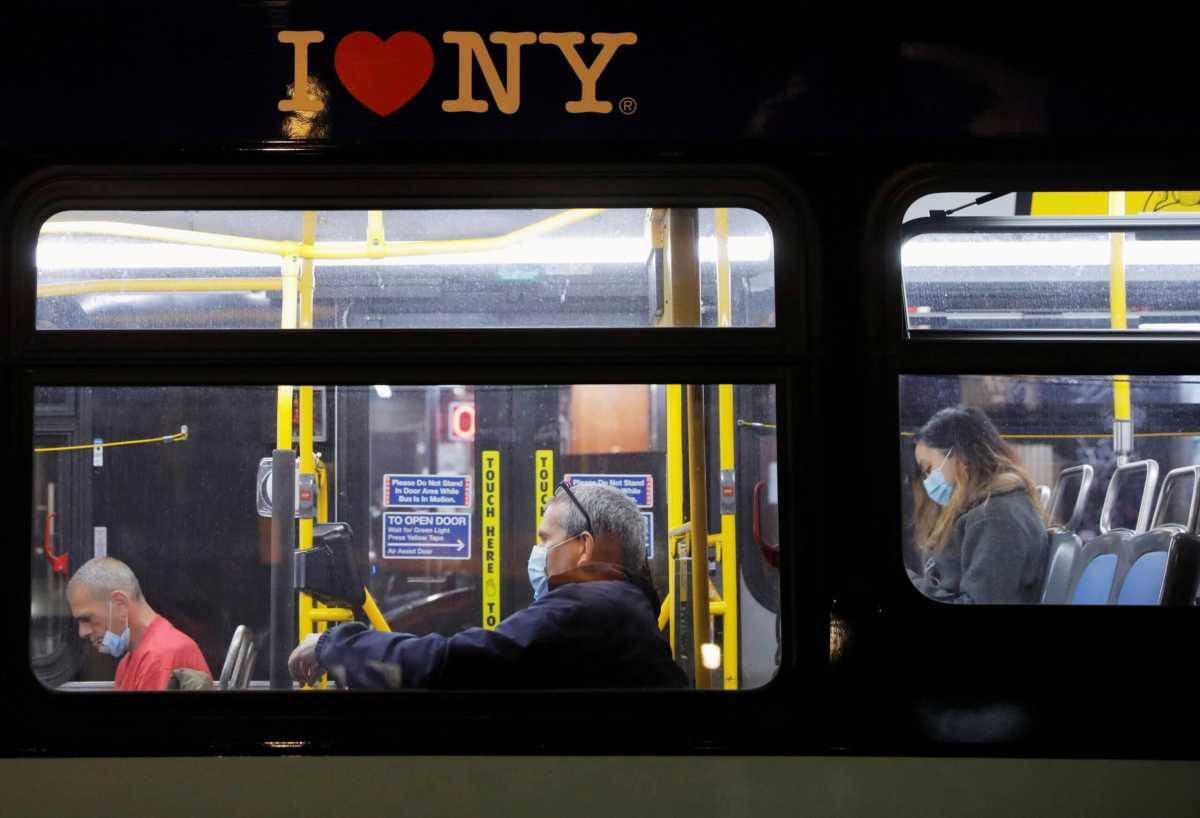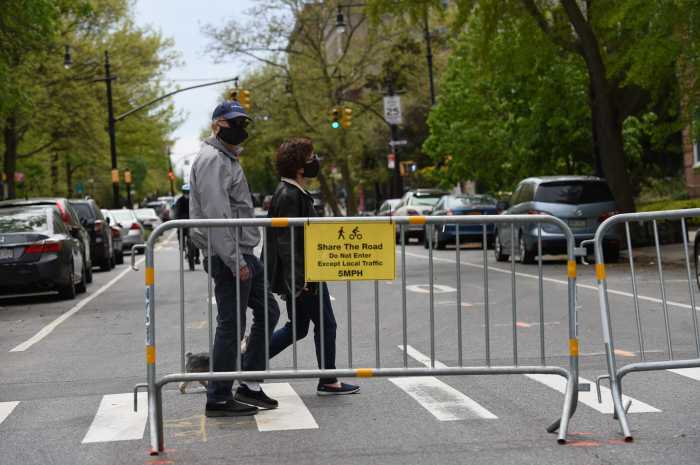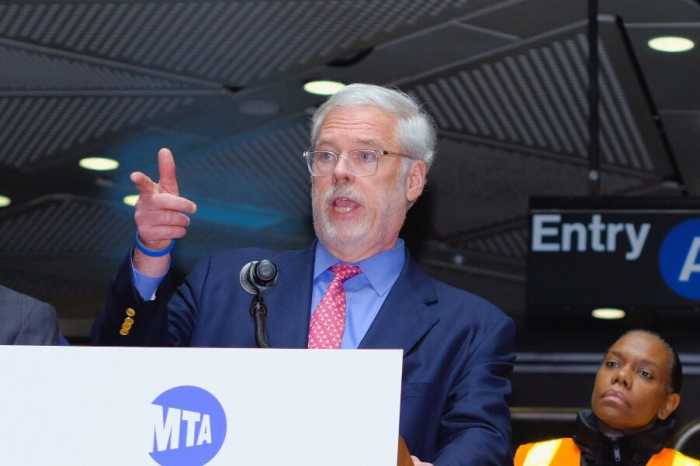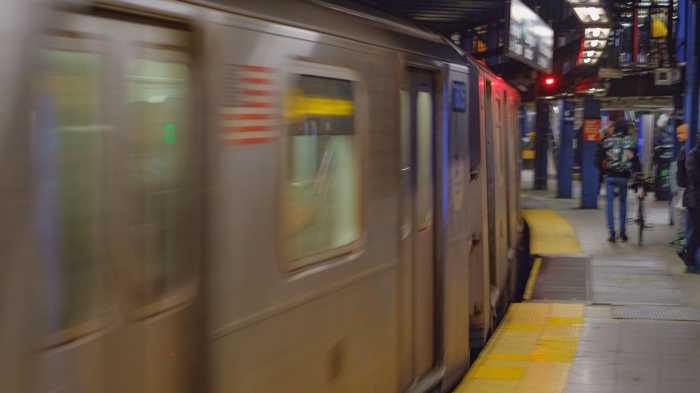The TransitCenter, a coalition of transportation advocacy groups, has recommendations for the Metropolitan Transportation Authority which, they believe, will pave the way for a more seamless economic rebound.
Dubbed the Big Bus Comeback, the Bus Turnaround Coalition wants the MTA to launch all-door boarding with OMNY fare collection, implementing the Bronx bus network redesign, finish planning for the Queens network, procure bus-mounted cameras for lane enforcement and revise schedules to compensate for buses running faster.
“Better bus service is key to a fair recovery in New York, and there are major improvements teed up for 2021,” TransitCenter Communications Director Ben Fried said. “The technology is installed, the planning has been completed, the enabling legislation has passed. Now MTA leadership just has to seal the deal.”
According to the MTA, bus network redesign plans have been on hold since the pandemic has commanded the agency’s full attention. When COVID-19 no longer poses a major health threat, a spokesman said, they plan to make a strong effort to create opportunities for public engagement.
Public engagement, to some degree, has already started, however, when in January 2020, then-New York City Transit President Andy Byford was swarmed by Jackson Heights residents who were unhappy with the proposal in place in a crowded and sweaty cellar in Queens.
The complaints voiced ranged from stops being set farther apart, to lines that may be completely wiped from the Queens slate — such as the Q49, the Q32, the Q33 and the Q66. But Byford and the MTA stressed that “nothing is set in stone” with the bus redesign plan.
Planning would have to wait over a year to commence once again and under new leadership as Byford shortly departed the agency to the vexation of adoring transit fanatics.
“We appreciate TransitCenter’s focus on buses and look forward to getting back to work on all elements of our Bus Plan as NYC returns in the coming months,” said Craig Cipriano, president of the MTA Bus Company.
All-door boarding is in the works, according to the MTA, who said it is part of the phased implementation of the OMNY payment program.
The Bus Turnaround Coalition – comprised of the Riders Alliance, Straphangers Campaign, TransitCenter and Tri-State Transportation Campaign – believes that MTA with federal funding to forego massive deficits the agency faced due to revenue loss from COVID-19 should pick up the pieces as soon as possible.
But it does not all hinge on MTA willpower, according to Liam Blank, policy manager for Tri-State Transportation Campaign.
“New York City is now the most congested city in the United States, and we are quickly heading toward a worsening traffic crisis if our transit system doesn’t keep up,” Blank said. “To prevent hundreds of thousands of daily bus riders from losing access to jobs and essential services due to traffic congestion, Mayor de Blasio and NYC DOT must accelerate plans to roll out bus lanes, automated camera enforcement, and all-door boarding. Prioritizing these improvements will make bus service more efficient, help balance the transportation network, and ensure an equitable and sustainable recovery from the pandemic.”
While over the summer the MTA was looking at a $16 billion deficit by 2024, the over $6 billion and change coming to them from the American Rescue Plan, among other measures, have stabilized the beleaguered agency.































